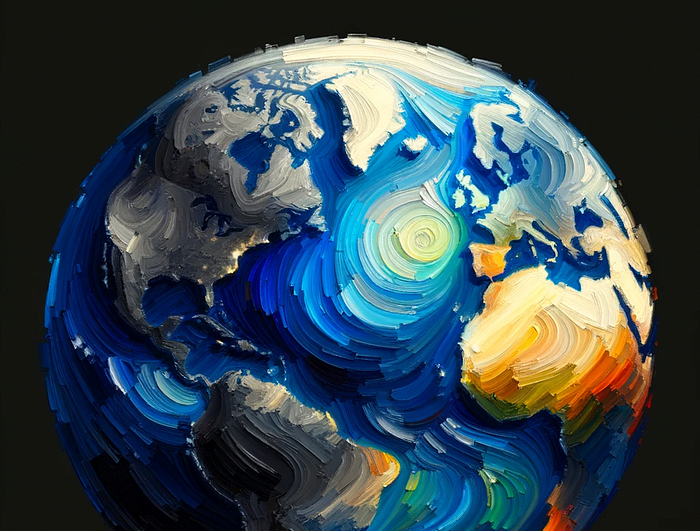
GPT-4 On-the-Fly DataVisualization Tools: A Simple Mapping Example
Author(s): John Loewen, PhD
Originally published on Towards AI.
Super quick charts and maps from the Global Peace Index CSV
With data analysis, one of the most challenging things to do is to transform raw numbers into meaningful stories.
With AI, there are some great tools out there that are quick and efficient for this task.
GPT-4 stands out for its on-the-fly data visualization capabilities.
This article provides a walkthrough on how to leverage these capabilities to process datasets and generate visual representations, such as charts and maps, without the need for coding.
Armed with a CSV file loaded with demographic statistics and unique identifiers for each country, all it takes is a few simple prompts.
Let’s go through an example on how this all works.
The “Global Peace Index” dataset from visionofhumanity.org will serve as our data source (located HERE).
For this exercise, we will be using “Global Peace Index” data downloaded from the visionofhumanity.org website
Export the worksheet into a file called “global_peace_index.csv”.
Next, we can initiate GPT-4’s instant data analysis feature.
Start by uploading the file into the GPT-4 main chat window (click on the “Attachments” icon and choose your file), then prompt GPT-4 to have a look at the data:
It’s as simple as that — and GPT-4 gives me a detailed (and accurate!) response to my query:
As we can see, the dataset includes a row for… Read the full blog for free on Medium.
Join thousands of data leaders on the AI newsletter. Join over 80,000 subscribers and keep up to date with the latest developments in AI. From research to projects and ideas. If you are building an AI startup, an AI-related product, or a service, we invite you to consider becoming a sponsor.
Published via Towards AI
Take our 90+ lesson From Beginner to Advanced LLM Developer Certification: From choosing a project to deploying a working product this is the most comprehensive and practical LLM course out there!
Towards AI has published Building LLMs for Production—our 470+ page guide to mastering LLMs with practical projects and expert insights!

Discover Your Dream AI Career at Towards AI Jobs
Towards AI has built a jobs board tailored specifically to Machine Learning and Data Science Jobs and Skills. Our software searches for live AI jobs each hour, labels and categorises them and makes them easily searchable. Explore over 40,000 live jobs today with Towards AI Jobs!
Note: Content contains the views of the contributing authors and not Towards AI.















